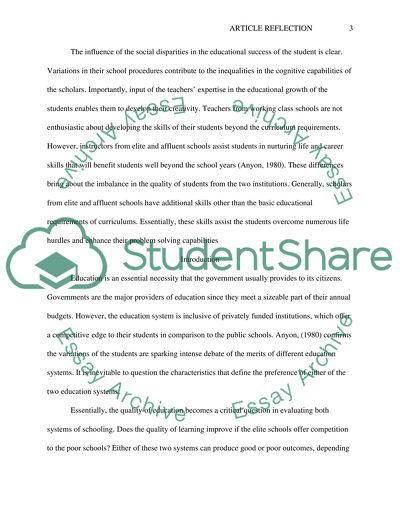Cite this document
(“Article Reflection Essay Example | Topics and Well Written Essays - 1000 words”, n.d.)
Article Reflection Essay Example | Topics and Well Written Essays - 1000 words. Retrieved from https://studentshare.org/education/1453522-article-reflection
Article Reflection Essay Example | Topics and Well Written Essays - 1000 words. Retrieved from https://studentshare.org/education/1453522-article-reflection
(Article Reflection Essay Example | Topics and Well Written Essays - 1000 Words)
Article Reflection Essay Example | Topics and Well Written Essays - 1000 Words. https://studentshare.org/education/1453522-article-reflection.
Article Reflection Essay Example | Topics and Well Written Essays - 1000 Words. https://studentshare.org/education/1453522-article-reflection.
“Article Reflection Essay Example | Topics and Well Written Essays - 1000 Words”, n.d. https://studentshare.org/education/1453522-article-reflection.


